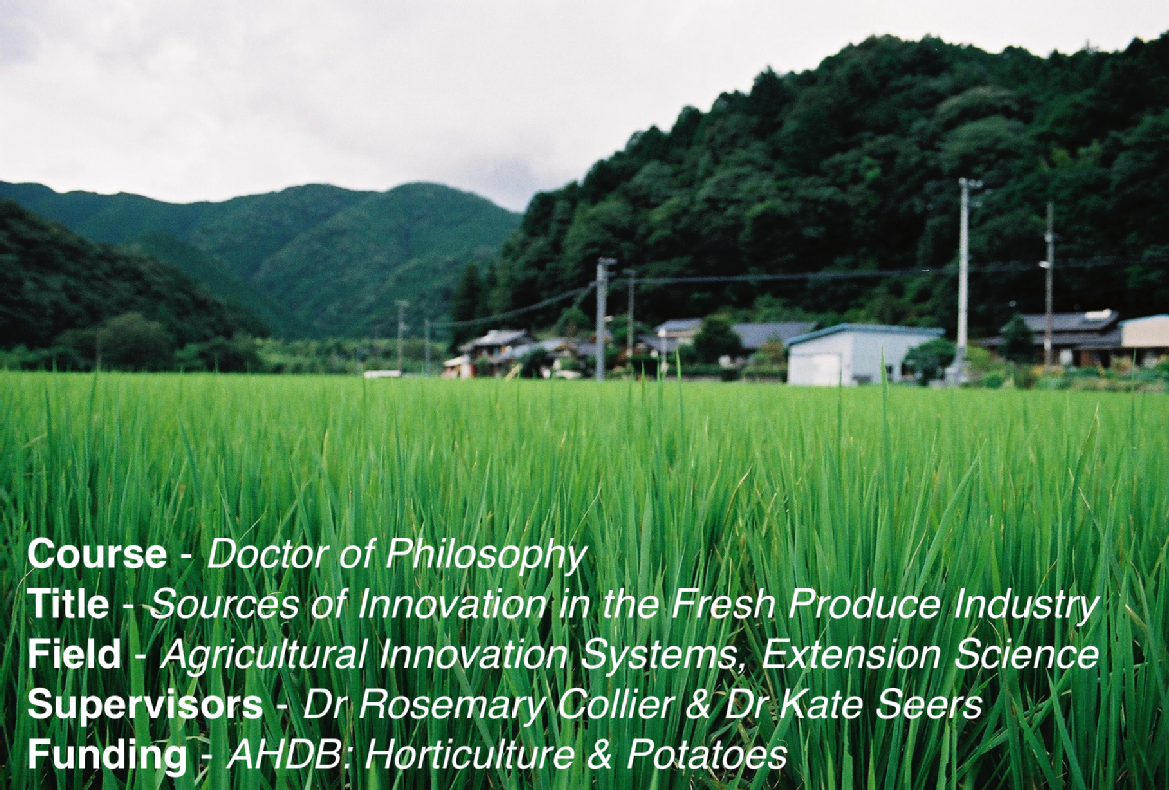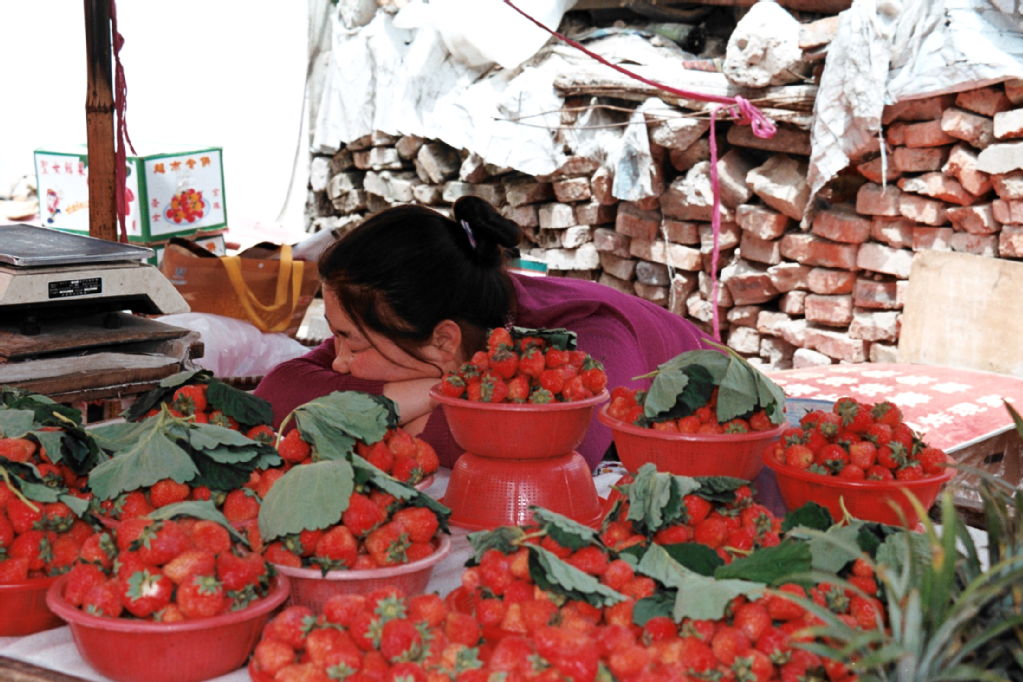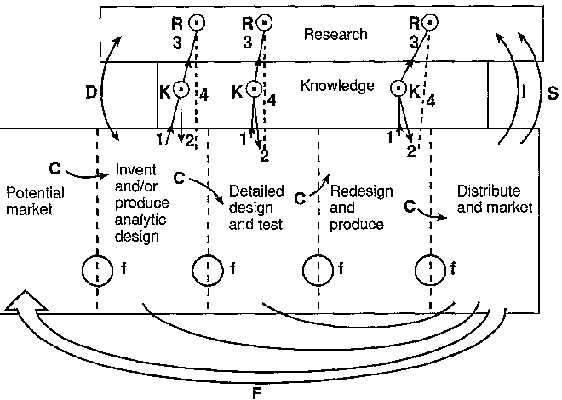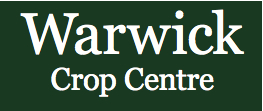Jonathan Menary

Biography
I studied International Relations at Loughborough University before completing an MSc in Environmental Bioscience at the University of Warwick in 2013. I worked briefly in Brussels for an NGO promoting renewable energy in Africa before starting my PhD with the School of Life Sciences in May, 2014.
Research
There has been a recognition in recent years that UK agricultural productivity is, in general, lower than that of other nations. Some have claimed that this is due to a failure to exploit 'best practice' and that the so-called "pipeline" through which research passes is "leaky", with basic research not being applied at farm level. The funding of what many of us call R&D (research and development) has also changed in recent years in agriculture, and in most parts of the world; government funding tends to be competitively tendered and private businesses have increased their share of agricultural R&D.
At the same time, there has been increasing emphasis on the need for innovation in agriculture and horticulture to meet key challenges in the industry; labour cost and availability, disease/pest pressure and climate change.
In response to this, the Horticulture and Potatoes divisions of the Agriculture and Horticulture Development Board (AHDB) agreed to fund a project to investigate innovation in the fresh produce industry, the role of research/knowledge in supporting innovation, and what 'blocks' or 'enourages' it.
I will be using a range of literature and independent research, particularly interviews and historical data analsysis to develop a conception of horticultural research translation in the UK to help guide policy in the area.
I am also interested in climate change and international development. I am Postgraduate Representative for the Global Research Priorities: Global Governance and Global Research Priorities: Food research groups.
and Global Research Priorities: Food research groups.

Sources of Innovation
What is innovation and where does innovation come from? Innovation itself is now a common buzzword, but defining it is more problematic.
Joseph Schumpter , the so-called 'father of innovation', gave us the most comprehensive list of what may constitute innovation (and I've yet to find anything that falls outside his criteria):
, the so-called 'father of innovation', gave us the most comprehensive list of what may constitute innovation (and I've yet to find anything that falls outside his criteria):
- The introduction of a new good or a new quality of good
- A new method of production
- The opening of a new market
- The discovery of new resources or intermediates
- A new organisational form
Which form do innovations in the fresh produce industry take? In horticulture in general, we most commonly see new or improved varieties of crops, crop-protection products, new or improved growing methods and storage/processing techniques. However, we could also see things like farms delivering organic 'veg-boxes' as a new organisational form or market opening. There is another distinction to make between types of innovation:
- Revolutionary or disruptive innovation - a highly visible, high-impact invention
- Evolutionary or non-disruptive innovation - a low visibility, gradual improvement on existing products or processes
The gradual improvement of crops over time is an evolutionary activity that, when measured over a long enough timespan, yields impactful results. However, the introduction of certain growing methods can revolutionise an industry (see the case study about strawberry growing in the UK below). One of the main challenges of this project is to identify the sources of these innovations.
We can, of course, answer the question of where innovation comes from in a number of ways (by, for instance, discussing human ingenuity or economic imperatives). However, with regards to innovation in farming we can identify both formal and informal sources of innovation, or what I prefer to call investigative and experiential innovation.
Investigative innovation is the formal, structured process most familar to researchers at universities, (large) private companies and research organisations (what most people would probably call research and development (R&D)). It is usually funded by one party or another, and is either fundamental science (in universitiy laboratories) or applied science targeting an existing problem. This type of research is extensively studied, modelled and optimised. However, informal or experiential innovation is harder to predict or model; it very often answers questions that need addressing but is not part of the formal research practices of universities, firms or think-tanks. Indeed, informal innovations can spurn science of their own: the conception of the airplane wing resulted in the development of what we know call aerodynamics. We also observe 'accidental discovery' in both formal and informal settings, the discoveries that lead to the invention of the microwave being a common example.
that lead to the invention of the microwave being a common example.
Informal 'invention' and accidental discoveries are always accounted for in the formal models of innovation, but they are as much a part of the study of innovation as targeted drug-discovery in medical research or crop-protection products in the fight against known pests. The study of international development - particularly rural sociology in the developing world - has since the 1980s encouraged us to view the informal practices of rural peoples as valid, innovatice activities in themselves. As a case study, we might look at farmers in the Nuba Mountain region of (southern, not South) Sudan.
The innovative use of spent bombshells is an example of informal (yet no less targeted) innovation that does not proceed though academic or business channels. Another example of an informal - yet extremely beneficial - innovation is the use of plastic polytunnels in British strawberry growing , pioneered by an entrepreneurial UK-based farmer who borrowed the idea from Spain. In the 20 years since adoption of this growing method, strawberry production in England and Scotland more than doubled.
, pioneered by an entrepreneurial UK-based farmer who borrowed the idea from Spain. In the 20 years since adoption of this growing method, strawberry production in England and Scotland more than doubled.
Despite examples like these, what we might call formal channels of innovation remain important - innovation is an 'industrialised' process that yields both revolutionary and evolutionary innovation, especially in business but increasingly in the university environment; where once research centres had set governmental allowances, in most cases they now vie for competitively tendered grants (administered in the UK by various research councils). An example from agriculture itself are the large, Euro-American companies such as Bayer and Monsanto whose R&D programmes generally focus on specific problems (such as glyphosate tolerance or a certain pest species) in a controlled, targerted manner with significant investment. Bayer Crop Science's video below demonstrates not only the commitment of such companies to R&D but also the confidence they have in their ability to innovate - it is not a question of 'if' a particular problem can be solved, but 'how' and 'when'.
It's worth pointing out that small and medium enterprises (SMEs) often utilise rather informal innovation techniques, sometimes forming around a particular product or process and depending on the innovative potential of their staff to develop new ideas; this is why the number of startups in a given area is considered a measure of innovative activity.
Several models of innovation, at a number of different conceptual levels, have been developed over time: where once formal innovation was seen to pass through distinct stages (research -> development -> production -> marketing), it began to be seen as a more complex process, with 'feedback loops' that are responsive to changes elsewhere along the 'chain'. A problem with such models is that they sometimes struggle to include informal, experiential innovation (as well as being somewhat messy, see Kline & Rosenberg's 'chain-linked' model below).

Today, however, systems approaches are increasingly used to understand innovation in agricultural contexts; Agricultural Innovation Systems (AIS, sometimes AKIS) has emerged as an approach to understand the complexity of agricultural innovation. The AIS approach takes a holistic perspective to understand the roles of actors, institutions, infrastructure, and the relationship between them to better characterise the innovation process. It has been used by researchers and international organisations to guide policy to support innovation capacity, and has provided a suitable theoretical framework for this project.
By developing an understanding of the UK's horticultural innovation system, we can not only test the applicability of such models but learn more about innovation in the industry and guide future policy to support innovation capacity in UK fresh produce production.
More Information
If you'd like to know more about any of the above topics, please get in touch. Otherwise, below is a very short list of some relevant academic literature:
Systems of Innovation (2000) Edquist C. & McKelvey M. (Eds): the definitive guide to theories and models of innovation
Improving Agricultural Knowledge and Innovation Systems (2012) OECD Conference Proceedings: a large body of work focussed on the changes seen in agricultural R&D in recent years and subsequent policy responses
Farmer First: Farmer Innovation and Agricultural Research (1989) Chambers R., Pacey A. & Thrupp L. (Eds): one of the first works to recognise and promote farmer innovation and engagement in R&D in the developing world
Extension Science: Information Systems in Agricultural Development (1988) Röling N.: one of the fathers of agricultural knowledge and information systems, Niels Röling (based at Wageningen University in the Netherlands) offers a thorough examination of the science of extension as it was understood in the late 1980s
Publications & Conferences
"Agricultural Innovation: Lessons from Medicine" paper presented at KES International Innovation Through Knowledge Transfer Conference, Staffordshire University, April 2015 - the paper itself can be found here.
Conference, Staffordshire University, April 2015 - the paper itself can be found here.
Jonathan Menary
J dot Menary at warwick dot ac dot uk
I am based at the Warwick Crop Centre in Wellesbourne



